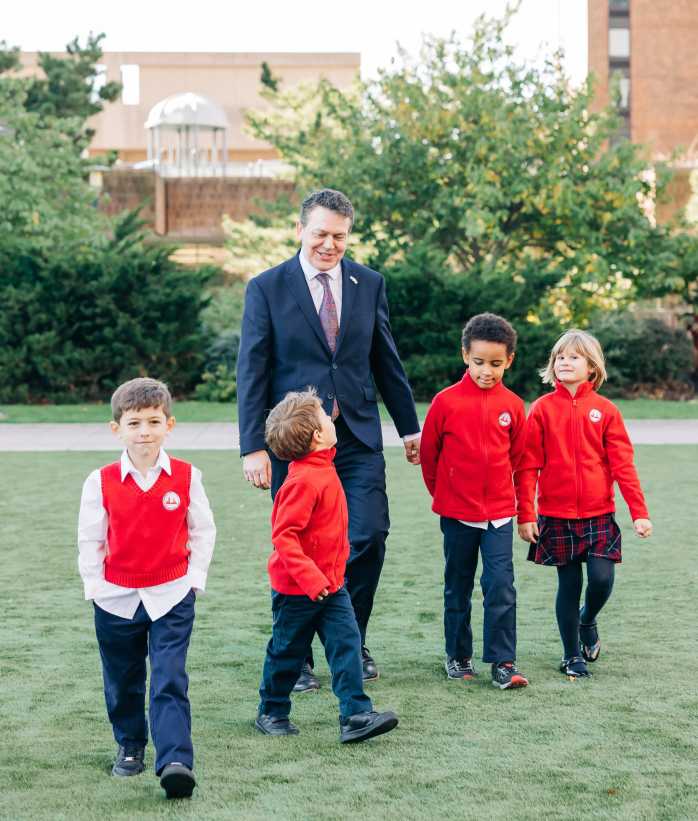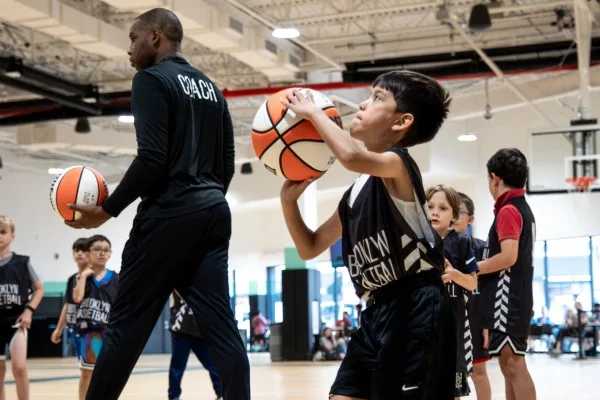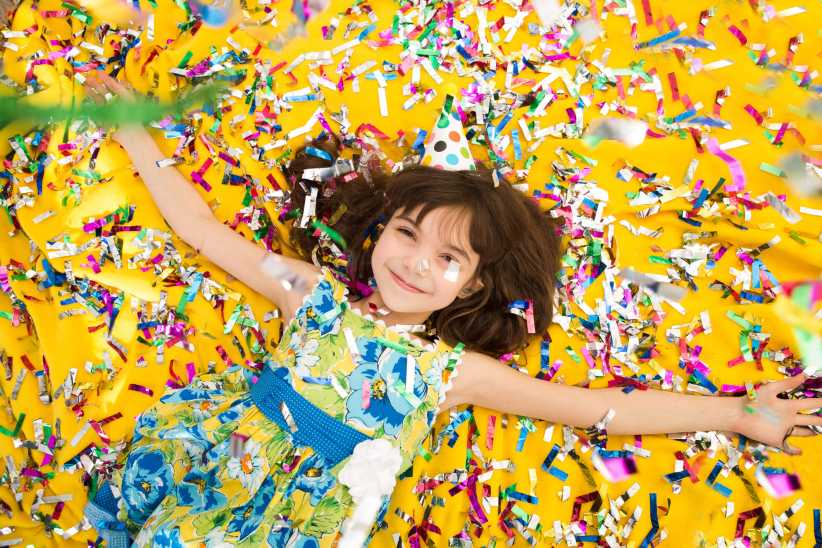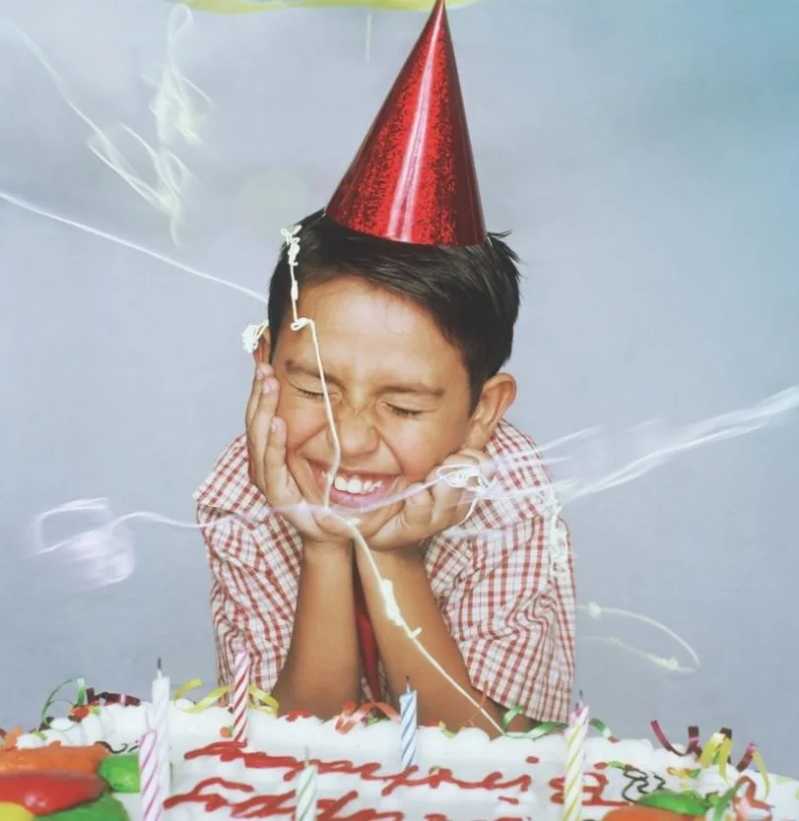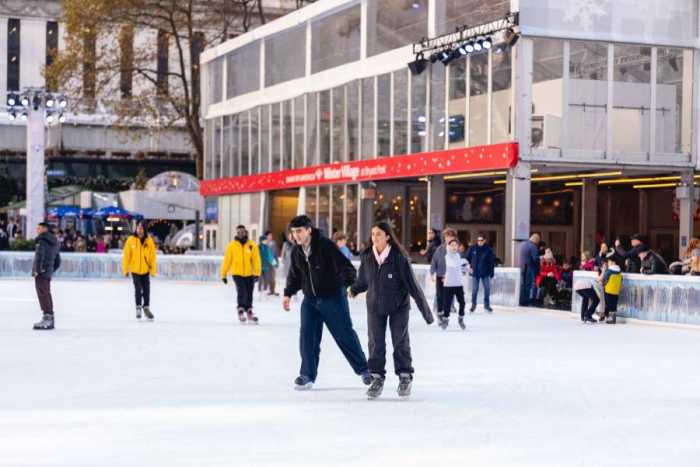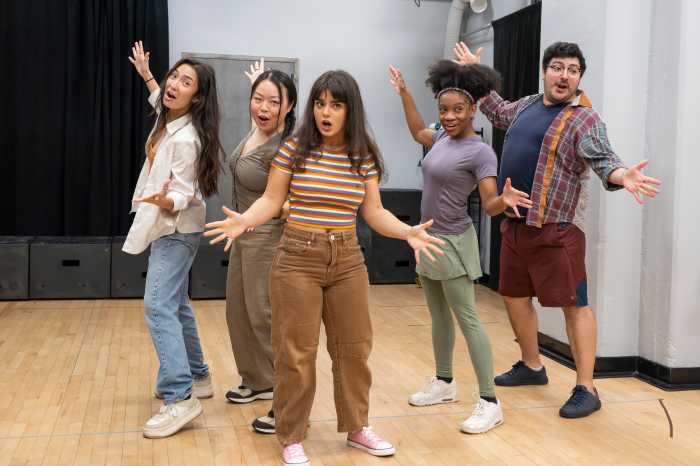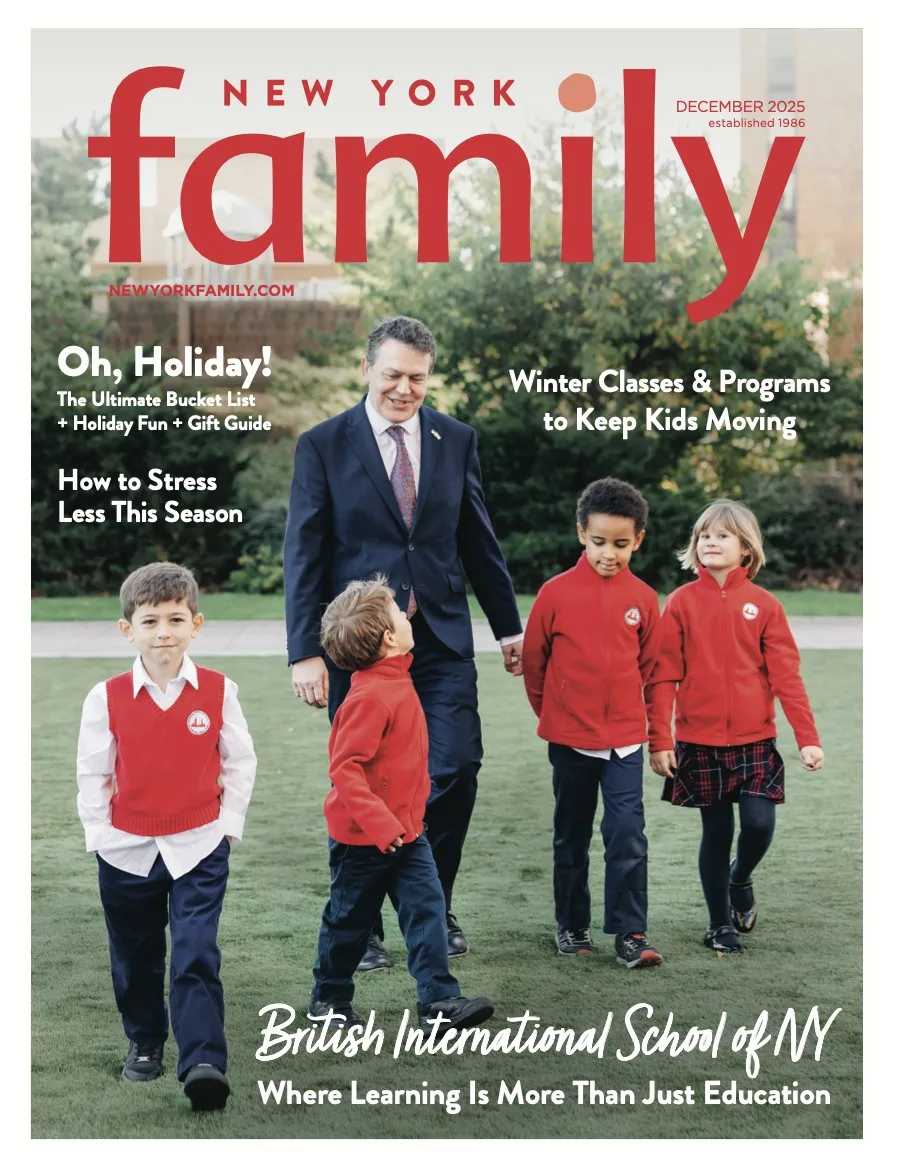The Power of Performance: How The Parkside School Uses the Arts to Help Students Thrive
Once a month, parents gather in The Parkside School’s gym-turned-performance space for a student assembly. Sunlight filters through the original stained-glass windows of the Upper West Side brownstone. The red velvet curtain is adorned with paintings created in art class. As families mingle and take their seats, there’s a sense of ease and connection—it’s a small, supportive school where everyone feels part of the community.
The music and drama teacher steps forward and asks the audience to show their excitement with silent cheers instead of applause. She explains that the students have spent the past month preparing: learning songs and dances, memorizing lines, practicing voice projection, and building their confidence as performers and teammates.
Then, sixteen students from two classes file in. Each assembly features just a few classes to maintain a cozy, intimate atmosphere. The performance content often reflects the students’ personal interests—like a recent scene inspired by Finding Nemo, written specifically to incorporate one child’s deep passion for the character.
Some students appear a bit nervous; others beam with anticipation. As the teacher plays the piano, pairs of students take the stage. She gently cues those who need reminders, offers reassurance in the moment, and gives students the time they need to recall their lines or gestures. This level of care and sensitivity is woven into the fabric of Parkside’s teaching. Here, educators adapt their instruction to meet each child where they are—always with high expectations and abundant encouragement.
Parkside’s arts and movement program reflects the school’s strength-based approach to education. While students may face challenges with language, literacy, or social communication, they often find joy, connection, and confidence through the arts. Weekly classes in music, drama, movement, yoga, and visual art provide diverse avenues for creative self-expression and emotional growth.
At Parkside, co-creation is key. Whether it’s rehearsing a performance, painting a backdrop, or learning a new yoga pose, students experience the transformational power of creating something together. These shared experiences foster not only skills, but also belonging—a vital foundation for children with language-based learning differences.
When the half-hour assembly concludes, the room erupts in silent cheers and bright smiles. Children briefly reunite with their parents for hugs and praise before returning to class. The performance may be over, but the energy, pride, and sense of accomplishment linger well into the day.
This is the magic of a Parkside assembly: a celebration of creativity, confidence, and community—where every student is seen, supported, and empowered to shine.
SPONSORED CONTENT BY THE PARKSIDE SCHOOL
Psst… Check out Struggling to Sleep? 10 Sneaky Habits That Could Be Holding You Back


